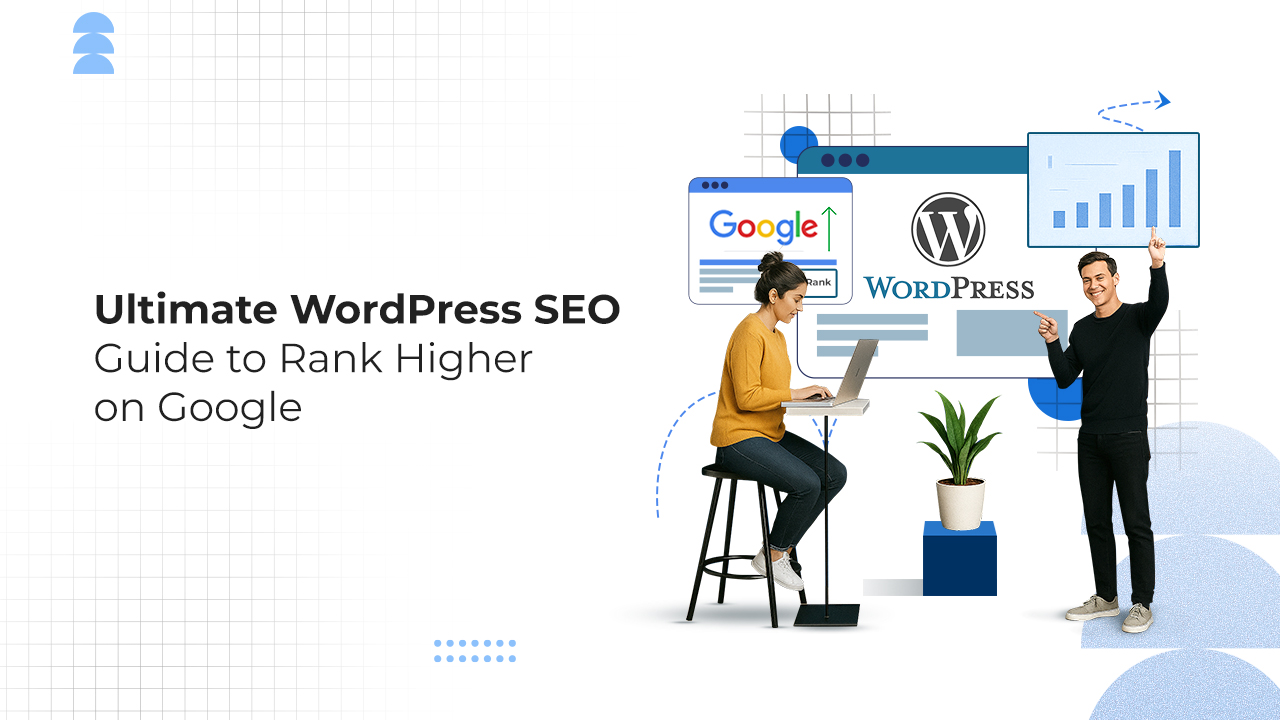
97% of Marketers Miss This $2B Search Secret: Why Search Intent matters!
Simply put, search intent means understanding what a person actually wants when they type anything on a search engine. It’s about creating online content that matches a searcher’s goal so they stay longer, interact more, and see your brand as an entity they can trust.
Let’s just start with a basic truth.
Most online business owners who claim to “do SEO” are still optimising for keywords. Not intent. That’s the problem.
Search engines care way more about what’s happening in the searcher’s mind than the specific words used.
Especially Google.
That’s why a website with fewer but relevant high quality backlinks can outrank your website. Your competitor’s website may be designed to understand visitors better.
An uncomfortable truth, right?
In fact, search intent (the crux of this entire article) is by no means a new concept, but a lot of marketers keep using old, outdated methods to handle it.
This guide digs into what search intent actually means for website owners in 2025 and beyond. As well as why so many marketers are still getting it wrong.
What Is Search Intent?
Okay, think of this like asking a question in class. When you raise your hand and say something like, “What’s the capital of Croatia?”, you’re not just saying words.
You are showing curiosity to learn something. That’s your main intention.
Search intent is the same thing but on search engines.
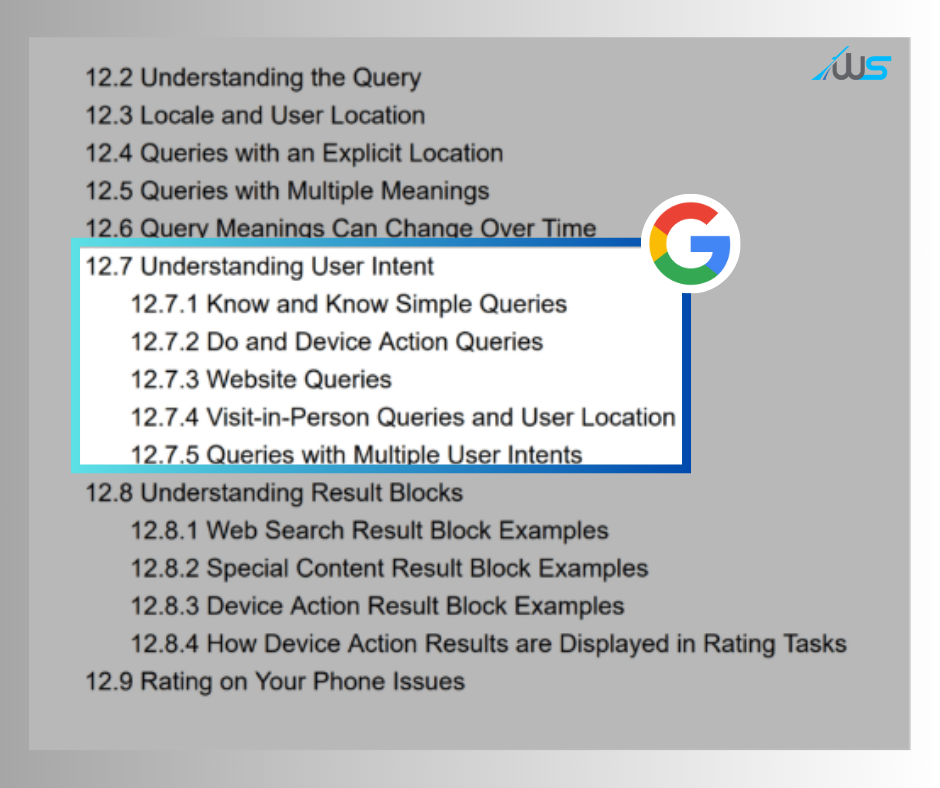
It’s the reason someone types a certain phrase. Are they looking for an answer? Trying to buy something? Hoping to find a specific website?
Google tries to guess what you actually want, not just what you typed.
If you type the word “pasta” on a search engine, do you want to know how to make it, order one, or find a restaurant near you?
Your intent decides what Google shows you.
It’s not about the words. It’s about what you’re really trying to do.
You may be thinking, “Why is search intent important?”
Well, if you ignore search intent, your content won’t rank high on search results pages (SERPs) that is where SEO Experts comes to rescue.
Your page must satisfy what the searcher actually wants. The term for that is ‘matching intent’.
Google watches that.
Not convinced? Well, there was a full section dedicated to user intent in the 2018 Google Quality Rater Guidelines.
From this point forward, everything we say will be to show you exactly how to align your SEO strategy with real user behaviour.
1. The Traditional Four Types of Search Intent
1.1 Informational Intent
This intent is curiosity-driven.
The user wants to learn something, not do something.
There’s no product to buy, no sign-up form to fill, just a question waiting to be answered. Someone wants a fact, a definition, a guide, or an explanation.
- “how to boil an egg”
- “what is zero trust security”
- “who invented WiFi”
Clearly, these are not queries with purchase intent. They are typically rooted in a need to understand, not act.
Suppose you search “what is the benefit of yoga?”. Here are the results you’ll get:
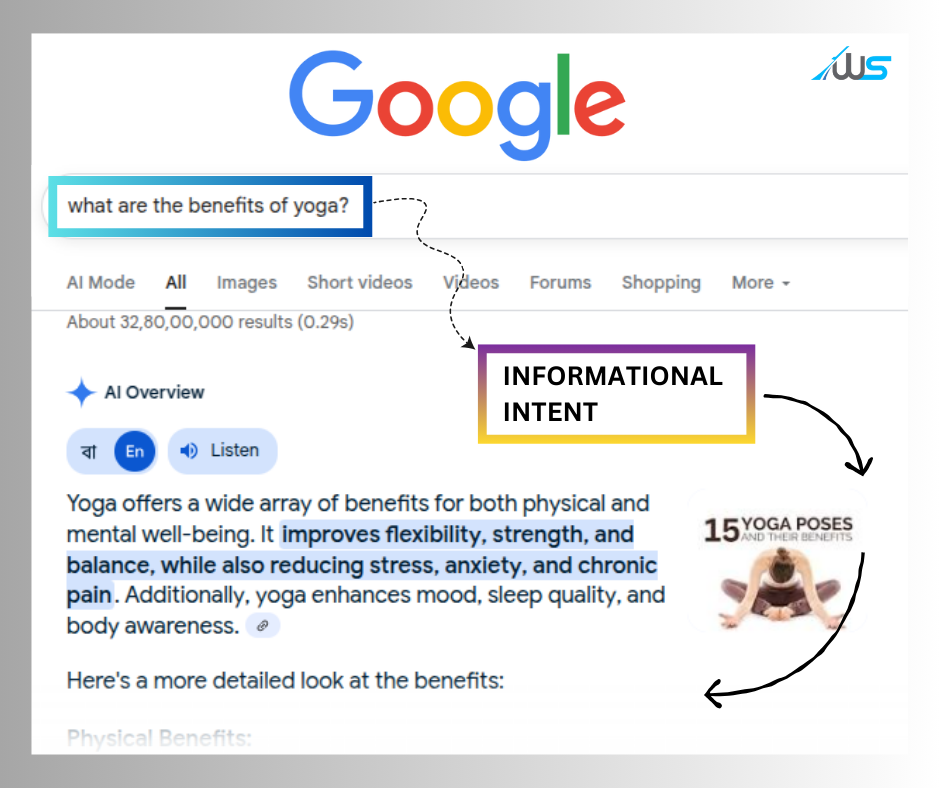
User Behaviour and Expectations
People searching with informational intent usually want answers quickly.
They scroll through headings, skim lists, and look for bold text or bullet points that stand out. They might visit more than one page to compare explanations.
Their patience is low, but their curiosity is high.
To cater to them you’d need to keep things clear, to the point, without any unnecessary jargon.
1.2 Navigational Intent
It’s a straightforward intent. The user already knows where they want to go.
They have no need to explore as they are heading straight for something familiar.
In the search bar, they will type a brand or product name because all they want is to reach a specific page or website. They are not likely to check anything else.
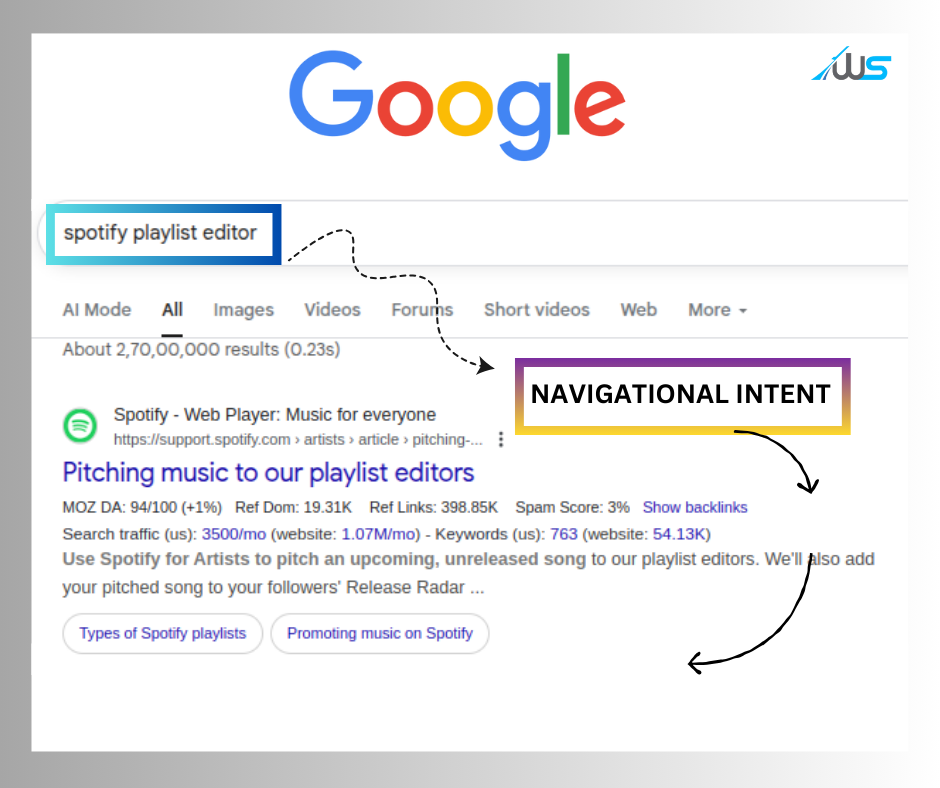
Common Queries:
- “LinkedIn login”
- “Mailchimp pricing”
- “Spotify playlist editor”
To leverage this intent, you need to make sure your brand can be quickly found on SERPs.
User Behaviour and Expectations
As you may have noticed, this intent is all about speed and recognition.
Users expect to see the exact page they want, usually on the first click.
If your brand or site is not what the searcher is after, they will leave immediately. Don’t try to hijack these with irrelevant pages.
You won’t win, and it won’t convert.
1.3 Transactional Intent
Transactional intent means the user is ready to do something. Usually, searchers are trying to make a purchase, subscribe, or sign up.
This is where money moves.
It’s called transactional because there’s a clear, measurable action at the end.
Unlike informational intent, this isn’t about learning. It’s about completing a task.
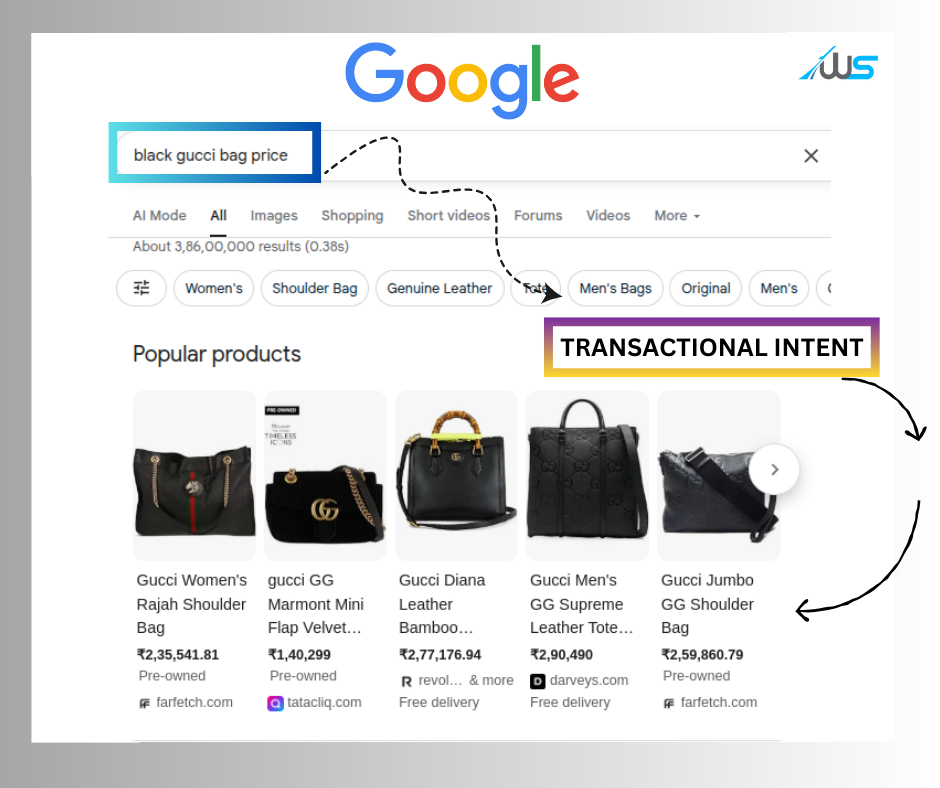
Common Queries:
- “buy noise cancelling headphones”
- “subscribe to Canva pro”
- “discount tickets to Coldplay”
The user has done the research and is now looking for one thing, to complete a transaction.
User Behaviour and Expectations
Minimal friction. That’s key in this type of intent.
They expect clear pricing, availability, trust indicators, and fast-loading pages.
If your call to action (CTA) is buried under three scrolls of storytelling, just assume that you have lost your audience.
1.4 Commercial Intent
Sometimes, people seek information just before doing a transaction online.
The searcher is interested in buying, but they’re still comparing options.
They’re not quite ready to hit “buy now,” but they are gathering the last bits of information they need to make a decision.
These include obvious search intent keywords.
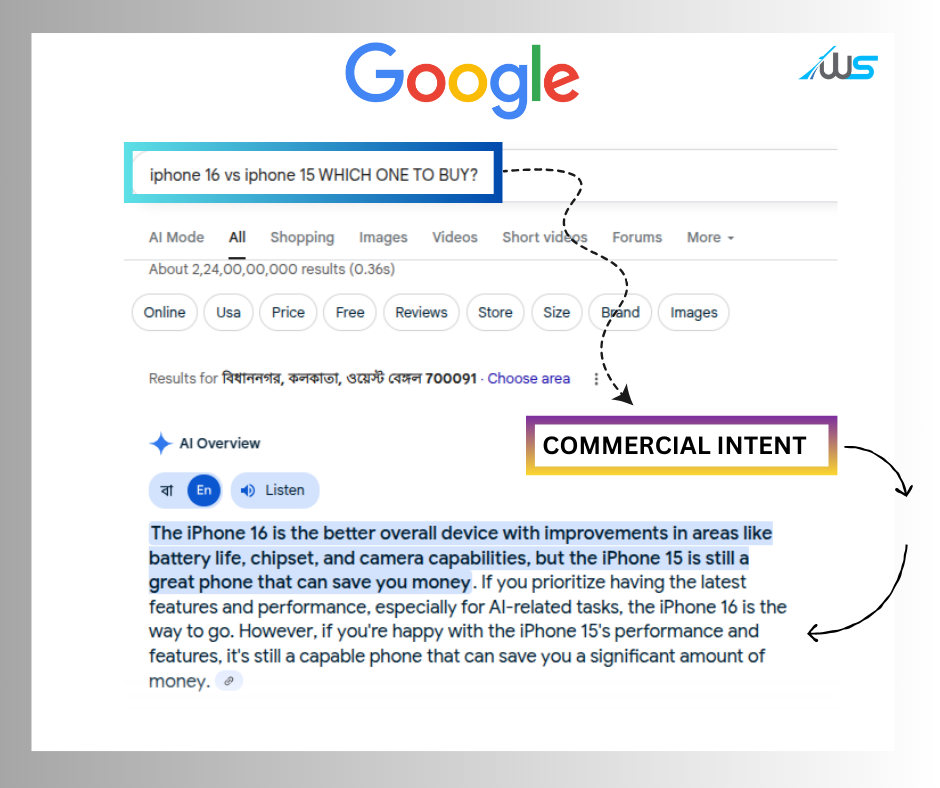
Common Queries:
- “best laptops under 80K”
- “CeraVe Moisturizer reviews”
- “best rotisserie oven”
As you can see people are researching to buy, just not immediately.
User Behaviour and Expectations
These users want honest comparisons, side-by-side reviews, feature breakdowns, and real user experiences.
They are basically trying to narrow down their choices, and for that they need to trust your offerings.
If your content is extremely promotional, they will leave.
2. Expanding the Definition: Additional Types of Search Intent
2.1 Local Intent
Local intent is when someone is looking for something within a particular locality.
By the way this one is a physical-world intent, so basically searches tied to geography. It could be food, services, or events.
What matters is that it’s local to the searcher.
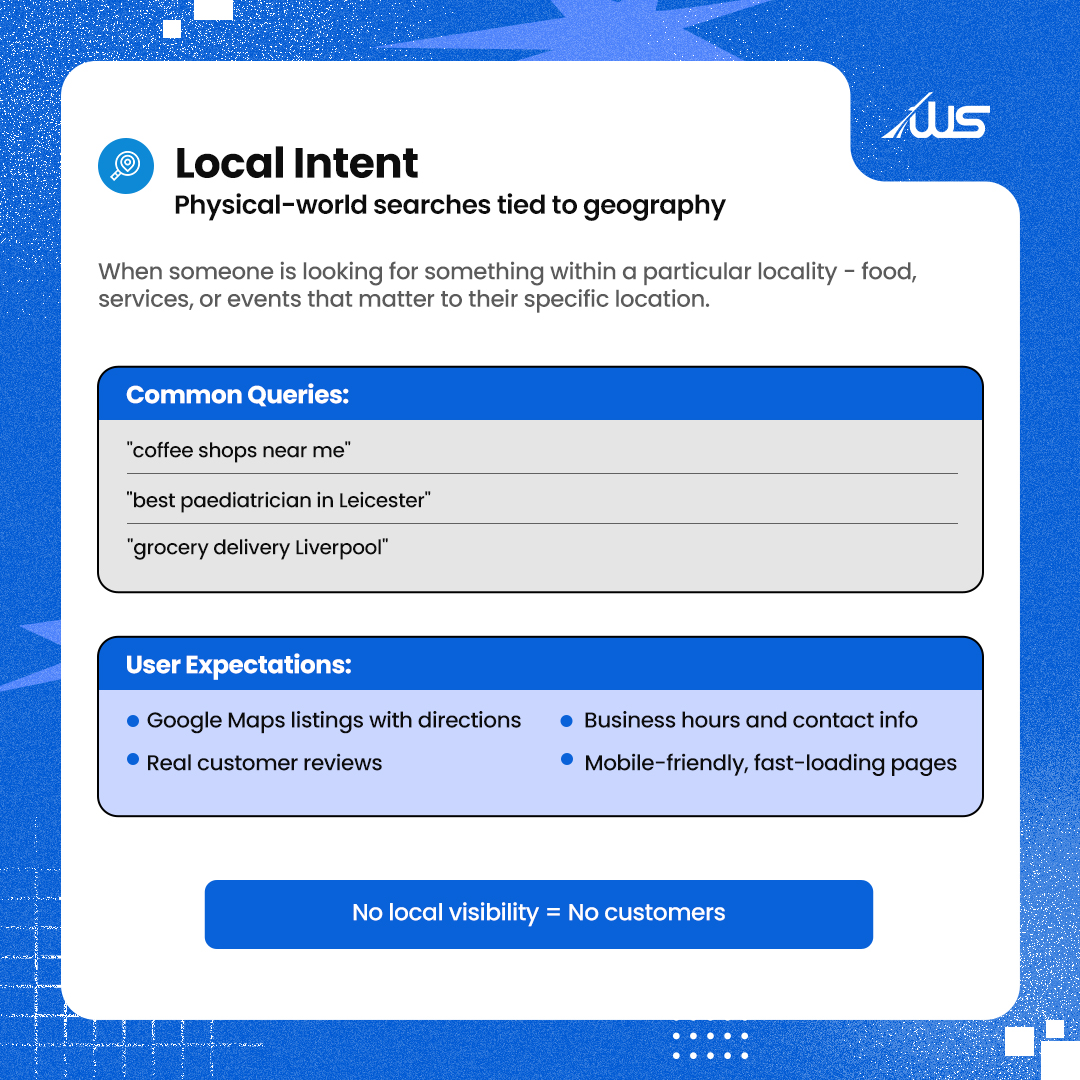
Common Queries:
- “coffee shops near me”
- “best paediatrician in Leicester”
- “grocery delivery Liverpool”
The one who’s searching is looking for something they can access in person or have delivered at a nearby area.
User Behaviour and Expectations
These users expect Google Maps listings, business hours, directions, and real reviews. If your business doesn’t show up clearly, they can’t see you.
Your page or websites’ mobile friendliness and load times would need to be good to serve this intent.
2.2 Voice Search Intent
How we type and how we speak are not the same. Consider this when optimising for voice search.
As you know, people tend to speak more casually than they type. They ask full questions and expect direct answers.
This form of intent is rising fast with smart speakers, mobile assistants, and wearable devices.

Common Queries:
- “what’s the fastest way to get to edinburgh to dublin”
- “who won the champions league last night”
- “how do I change my Netflix password”
You’ll notice these are natural language queries with a conversational tone.
User Behaviour and Expectations
Quick, crisp answers is what searchers expect, not long pages of heavy information. You may have realized that we normally choose to do a voice search when we are juggling multiple tasks and need our hands free.
Your content needs to be structured to show up in featured snippets, answer boxes, or voice replies.
Short, direct answers win here. So, a web page that rambles on and on is bound to lose its audience.
2.3 Contextual Intent
Rather than focusing only on keywords, search engines also take into consideration the situation around the search.
At times, the query may look generic, but factors like time, location, device, and even recent searches indicate what the user really wants

Common Queries:
- “best AC brands” in April means summer purchase; in November, it’s just browsing.
- “flights to Cornwall ” on a Friday night might signal urgent booking; on Tuesday, just checking fares.
Intent changes with context.
User Behaviour and Expectations
These searchers expect Google to understand them. If the search results don’t mirror their sense of urgency or the current season, the search results will feel irrelevant.
This is why SEO marketers adjust content for seasonal needs, time zones, and even trending events. Static pages won’t cut it anymore. Context-aware content is what earns clicks.
3. The Role of User Intent in SEO Strategy
3.1 Aligning Content with Search Intent
Importance of Content Relevance
We don’t know who needs to hear this, but search engines don’t reward keyword density anymore.
They reward relevance.
That means your content needs to line up with what the person actually wants when they type something into Google.
If someone’s looking for a comparison and you give them a sales page, they will get off your page within seconds.
Techniques for Identifying User Intent
Look at search results.
Literally go now and Google your target phrase and check the top 5 pages. Are they blogs, product pages, comparison charts?
That tells you what users want.
If you’re smart, you’ll also check the ‘People Also Ask’ section to learn all the related queries that people search around the original search query.
You also have the option of using tools like AlsoAsked and AnswerThePublic, but fact is, manual review still beats everything.
3.2 Keyword Research and Search Intent
Understanding Keyword Intent
There is a motive hidden behind every keyword.
What you have to do is to figure out what that motive is.
“Buy noise-cancelling headphones” is obviously transaction-based. But something like “do noise-cancelling headphones work on planes” is different. That’s informational.
By treating both the same, you will confuse the user and of course your search ranking will go down.
Tools for Analysing Search Intent
Empathy is one thing you can’t try to automate. But you can do the next best thing, spot patterns.
Semrush, Ahrefs, and Surfer SEO are some tools you can use for search intent analysis. They are quite user-friendly, allowing you to research what kinds of content rank for specific terms.
The most that the tools can do is help you gather clues, it would be your job to interpret those clues.
3.3 Measuring Success Based on Search Intent
Key Performance Indicators (KPIs) to Consider
Page rank is not everything.
Want to know why?
It is possible for a page to rank high but fail to satisfy user intent. Over time Google will slowly push it down the SERPs (search engine results pages).
So, if you’re wondering how to optimise for search intent, you need to look at certain indicators like time on page, scroll depth, bounce rate, and especially return visits.
Tools for Tracking User Engagement
At any given time, you may find both Google Analytics and Search Console open on a digital marketing professional’s system.
They are the gold standard.
Now combine those with heatmaps, from tools like Hotjar or Microsoft Clarity, and you get super comprehensive insights.
You get to see where people stop scrolling, where they click, and what makes them leave, the entire marketing funnel.
This way, you will understand whether your page matched what they came for or just left them unsatisfied.
4. Adjusting Strategies Based on Performance Data
You don’t have to be Sherlock to realize that if people are landing on your blog post and leaving (a.k.a bouncing) in under 15 seconds, then something is not right.
Either your content is mismatched, or your intro does not hook them.
Your first instinct may be to blindly update titles or stuff in more keywords. Resist this.
4.1 Enhancing User Engagement
When you know how to create content for search intent, visitors stay on your website.
There’s no simpler way to explain it.
They may scroll for details they need, click a button, watch a video, or check out more pages.
This is excellent news for you!
These actions work as signals, telling search engines that your content works.
If you’re using a comparison keyword, offer content in a smart table format. If you’re answering a how-to query, give relevant steps.
Anything else will frustrate the searcher. No one likes false promises, right?
4.2 Reducing Bounce Rates
Now, let’s talk about the dreaded bounce rate.
Trust us, you really don’t want a high bounce rate, as Google sees that as a signal that your page or site didn’t meet the searchers’ expectations.
If someone clicks on your page and immediately leaves, it’s definitely because of intent mismatch.
They may be looking for a price, and you gave them a long explainer. They probably came for a recipe, and you gave them food history.
If you expect to lower your bounce rate, start strong. Use subheadings that allow busy people to skim through.
Some searchers want answers in a hurry, so place a quick response at the very top. Let them read deeper if they care to.
4.3 Building Trust and Credibility
Let’s get one thing clear. Google doesn’t trust pages. It trusts user behaviour.
And your searchers only trust what feels trustworthy. When your content fits the user’s intent, you show them that you “get it”.
That’s half the battle won.
If someone wants a side-by-side software comparison, and you give them a real breakdown with pros and cons, you earn trust.
Fake it with generic fluff, and visitors will leave and never come back. And when many leave, Google knows.
A Quick Recap
- Search intent is about understanding what the user actually wants when they search—not just what they type.
- Matching intent matters more than keywords or backlinks when it comes to ranking and keeping users on your page.
- The four traditional types of search intent are still useful, but new forms of intent like voice, local, and contextual are becoming the norm
- Tools can help you spot intent patterns, but observing real search results is still the most accurate way to understand it.
- When content matches intent, people engage, stay longer, and come back—those are the signals that drive long-term rankings.
- Search intent isn’t fixed. It shifts over time, which means your content strategy needs to be flexible and constantly updated.
Final Thoughts
Search intent is here to stay.
If anything, it’s becoming the foundation of everything search engines do.
AI usually gets a lot of flak for many reasons, but the fact remains that the technology has made online searches extremely precise.
So lets not waste time chasing trends. Let search intent guide you to cater to how searchers think and what they need.
If you keep doing that, all your business goals will be fulfilled without much effort.
Need streamlined digital marketing for your business? The team at Webskitters would be glad to work with you. Let’s get on a quick call to discuss your brand marketing goals.

 Ecommerce Development
Ecommerce Development 
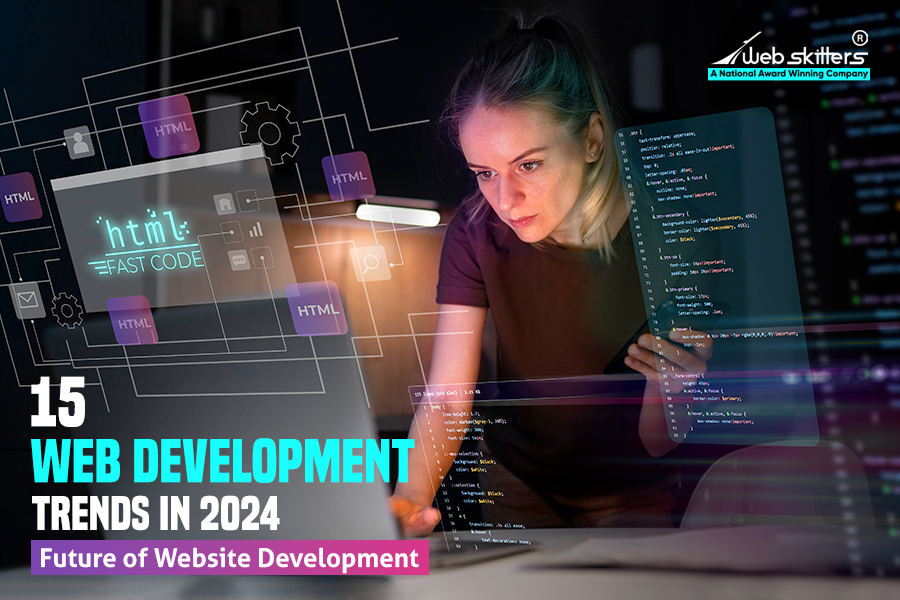
![31 Latest Web Development Trends in 2023 [Updated] – Webskitters](https://www.webskitters.com/wp-content/uploads/2025/02/6391951191af02680036e736_31-Web-Development-Trends-Featured-Banner.jpg)


